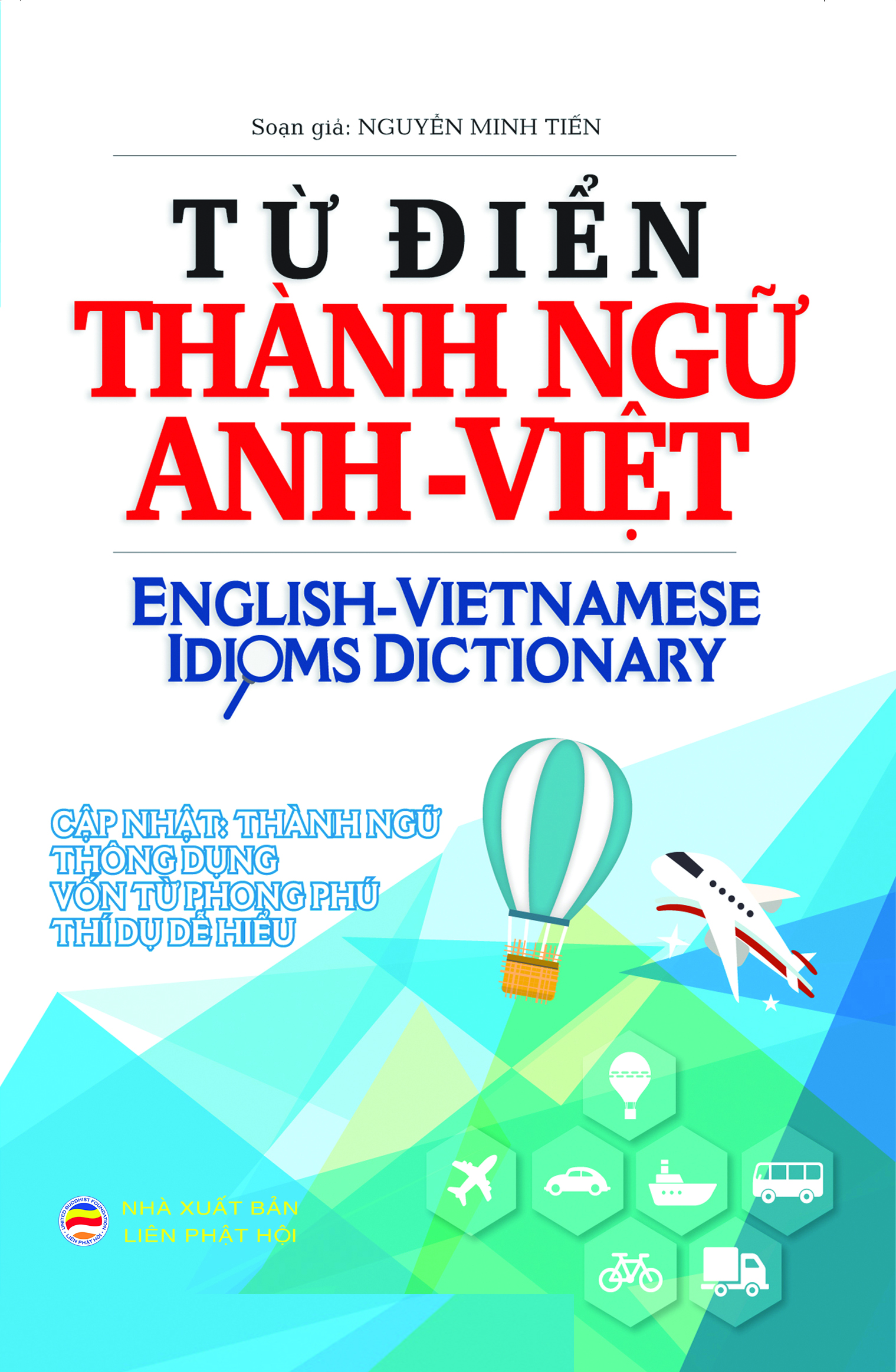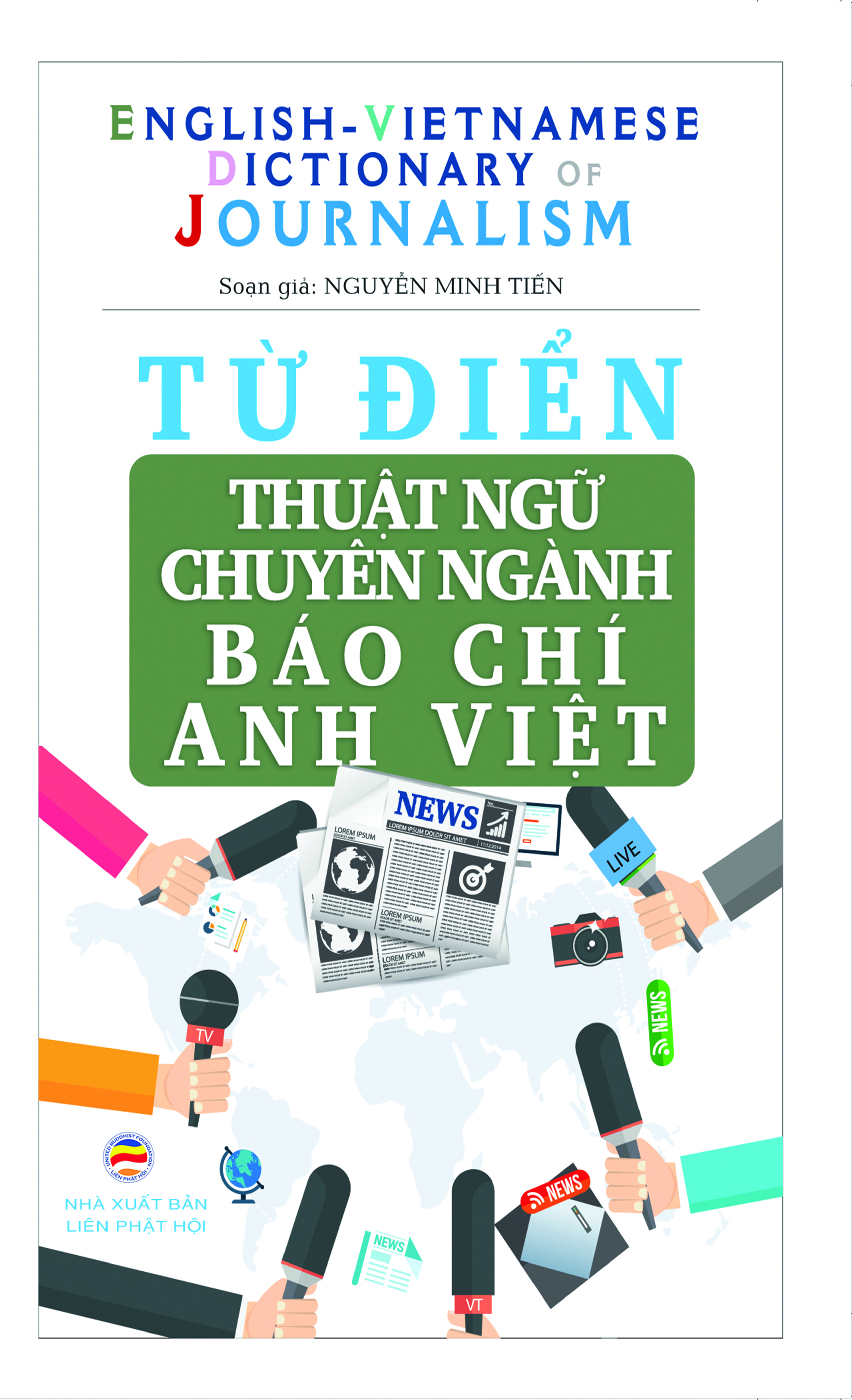Tôi không thể thay đổi hướng gió, nhưng tôi có thể điều chỉnh cánh buồm để luôn đi đến đích. (I can't change the direction of the wind, but I can adjust my sails to always reach my destination.)Jimmy Dean
Chúng ta không có khả năng giúp đỡ tất cả mọi người, nhưng mỗi người trong chúng ta đều có thể giúp đỡ một ai đó. (We can't help everyone, but everyone can help someone.)Ronald Reagan
Nhà lợp không kín ắt bị mưa dột. Tâm không thường tu tập ắt bị tham dục xâm chiếm.Kinh Pháp cú (Kệ số 13)
Những người hay khuyên dạy, ngăn người khác làm ác, được người hiền kính yêu, bị kẻ ác không thích.Kinh Pháp cú (Kệ số 77)
Chúng ta trở nên thông thái không phải vì nhớ lại quá khứ, mà vì có trách nhiệm đối với tương lai. (We are made wise not by the recollection of our past, but by the responsibility for our future.)George Bernard Shaw
Tinh cần giữa phóng dật, tỉnh thức giữa quần mê. Người trí như ngựa phi, bỏ sau con ngựa hènKinh Pháp cú (Kệ số 29)
Thêm một chút kiên trì và một chút nỗ lực thì sự thất bại vô vọng cũng có thể trở thành thành công rực rỡ. (A little more persistence, a little more effort, and what seemed hopeless failure may turn to glorious success. )Elbert Hubbard
Hãy học cách vui thích với những gì bạn có trong khi theo đuổi tất cả những gì bạn muốn. (Learn how to be happy with what you have while you pursue all that you want. )Jim Rohn
Chúng ta phải thừa nhận rằng khổ đau của một người hoặc một quốc gia cũng là khổ đau chung của nhân loại; hạnh phúc của một người hay một quốc gia cũng là hạnh phúc của nhân loại.Đức Đạt-lai Lạt-ma XIV
Chúng ta nên hối tiếc về những sai lầm và học hỏi từ đó, nhưng đừng bao giờ mang theo chúng vào tương lai. (We should regret our mistakes and learn from them, but never carry them forward into the future with us. )Lucy Maud Montgomery
Có những người không nói ra phù hợp với những gì họ nghĩ và không làm theo như những gì họ nói. Vì thế, họ khiến cho người khác phải nói những lời không nên nói và phải làm những điều không nên làm với họ. (There are people who don't say according to what they thought and don't do according to what they say. Beccause of that, they make others have to say what should not be said and do what should not be done to them.)Rộng Mở Tâm Hồn
Trang chủ »» Danh mục »» Từ điển Hán Anh »» Đang xem mục từ: du già sư địa luận - 瑜伽師地論 »»
Từ điển Hán Anh »» Đang xem mục từ: du già sư địa luận - 瑜伽師地論
Quý vị có thể nhập âm Hán-Việt hoặc copy chữ Hán dán vào
Kết quả tra từ:
- du già sư địa luận :
瑜伽師地論 - [py] Yúqié shīdì lùn [wg] Yü-ch'ieh shih-ti lun [ko] 유가사지론 Yuga saji non [ja] ユガシジロン Yuga shiji ron ||| The Yuqie shidi lun; commonly abbreviated as Yuqielun 瑜伽論. The Yogācāra-bhūmi-śāstra. The "Discourse on the Stages of Concentration Practice." The definitive text of the Yogācāra 瑜伽行派 school of Buddhism. One hundred fascicles, composed in India between 300 and 350 CE; translated into Chinese by Xuanzang 玄奘 between 646-648 at Hongfu and Dacien Monasteries. In East Asia authorship is attributed to Maitreya 彌勒, but Tibetan tradition considers it to have been composed by Asaṅga 無著. Sanskrit and Tibetan version of this text are extant.
In the process of explaining the spiritual states, practices and fruits incurred in the course of the seventeen stages leading to Buddhahood, the text delves deeply into discussions of fundamental Yogācāra concepts such as the ālayavijñāna 阿頼耶識, three natures 三性 and three non-natures 三無性, seeds 種子, perfumation 薫, the two hindrances 二障 and mind only 唯識. The text has five major divisions: the first division, which comprises about half the treatise is called the "main stages division" 本地分 and contains seventeen sections which explain three vehicle theory. These are:
(1) The stage of the association of the five consciousness and the body 五識身相應地.
(2) The stage of the mental consciousness 意地.
(3) The stage of investigation and analysis 有尋有伺.
(4) The stage of analysis without investigation 無尋唯伺地.
(5) The stage of neither investigation nor analysis 無尋無伺地.
(6) The stage of samāhita 三摩呬多地.
(7) The stage of non-samāhita 非三摩呬多地.
(8) The stage of mind 心地.
(9) The stage of no-mind 無心地.
(10) The stage of completion of that which is heard 聞所成地.
(11) The stage of completion of that which is thought 思所成地.
(12) The state of completion of that which is practiced 修所成地.
(13) The stage of the śrāvaka 聲聞地.
(14) The stage of the pratyekabuddha 獨覺地.
(15) The stage of bodhisattva 菩薩地.
(16) The stage of (nirvana with) remainder 有餘衣.
(17) The stage of (nirvana with) no remainder 無餘衣地.
The second division of the text 攝決擇分, comprising fascicles 51-80, is a discussion of the problematic points of the seventeen stages discussed in the prior section. The third division 攝釋分 (fasc. 81-82) discusses the positions of the various sutras on these points. The fourth division 攝異門分 (fasc. 82-84) explains the name and meaning of all the dharmas explained in the sutras. The fifth and final section 攝事分 addresses the key points of the Buddhist teaching as found in the Tripitaka.
The section on śrāvakabhūmi has been translated from a Sanskrit ms. into English by Wayman; other partial English translations, from the Tibetan version, include Tatz and Willis.T 1579.30.279-882. [Dictionary References] ZGD1246b Iwa813 JE331a/367 FKS? DFB BKJ135 [Credit] cmuller dlusthaus(entry) cwittern(py)
(Digital Dictionary of Buddhism - A. Charles Muller)
TỪ ĐIỂN HỮU ÍCH CHO NGƯỜI HỌC TIẾNG ANH
DO NXB LIÊN PHẬT HỘI PHÁT HÀNH
Mua sách qua Amazon sẽ được gửi đến tận nhà - trên toàn nước Mỹ, Canada, Âu châu và Úc châu.
Quý vị đang truy cập từ IP 216.73.216.129 và chưa ghi danh hoặc đăng nhập trên máy tính này. Nếu là thành viên, quý vị chỉ cần đăng nhập một lần duy nhất trên thiết bị truy cập, bằng email và mật khẩu đã chọn.
Chúng tôi khuyến khích việc ghi danh thành viên ,để thuận tiện trong việc chia sẻ thông tin, chia sẻ kinh nghiệm sống giữa các thành viên, đồng thời quý vị cũng sẽ nhận được sự hỗ trợ kỹ thuật từ Ban Quản Trị trong quá trình sử dụng website này.
Việc ghi danh là hoàn toàn miễn phí và tự nguyện.
Ghi danh hoặc đăng nhập
... ...


 Trang chủ
Trang chủ
